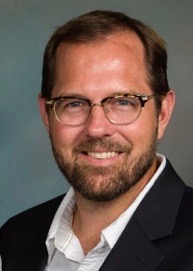By: Stephen Bailey
Real change for religious freedom is often hard to document. Some may wonder if all the conferences, seminars, and workshops on religious freedom are worth the money, time, and human resources spent on promoting this crucial human right. But the patience is worth it, as people like Malcolm Gladwell argue in his book The Tipping Point: complex systems can take a long time for change to surface.
This is hard for a professional world—in the throes of a torrid affair with evidence-based assessment—to accept; it demands the process of collecting observable and measurable evidence of desired change. Narrowly focused objectives measured this way create accountability and efficiency. They help us do what we said we would do.
But a weakness of evidence-based assessment is that it only gathers evidence for the changes we are looking for, leaving unexpected or hidden changes largely unnoticed. Another is that it rarely accounts for changes going on in the mind or the slow spread of an idea in a group. Change processes are often like a wide river where the strongest currents are beneath the surface. Furthermore, deep social change does not happen overnight, especially in areas connected to human identity, as in the case of religion.
But there is cause for optimism. Even the seemingly minor act of bringing opposing groups together for dialogue can move change beneath the surface, bringing us to “the tipping point” on religious freedom.
After thirteen years of working in Laos promoting religious freedom, it is possible to give some measurable evidence of positive, even if very slow, change toward increased religious freedom. For instance, a few years ago, there were almost always a few people in jail for religious reasons. but now this is a rare occurrence. This past Christmas, there were more officially approved Christmas celebrations around the country than at any time in Laos’ history. But this only begins to tell the story of the change that I believe is slowly building momentum in Laos. Gladwell argues that there are three rules to initiating far reaching change. The case of Laos illustrates his theory well.
First, Gladwell’s law of the few points to the nature of the messenger. This law says that a few key opinion leaders must adopt and promote the change for the change to become epidemic. While persecution of religious minorities still occurs too often in Laos, key religious and government leaders are increasingly in agreement that the religious freedom of minority groups is essential to the religious freedom of the majority, and more generally, to social harmony and peace. Most telling is the new interest and involvement of Lao Buddhist monks in government meetings where the constitutional right of Lao citizens to practice religion according to their conscience is studied. While there are many religious and government leaders that still need to adopt this view, many key leaders already have already taken this critical step.
Gladwell’s second rule is the stickiness factor. This refers to a simple, creative and captivating means of packaging a change in a way that makes it irresistible. In Laos, we have discovered that allowing young men and women (instead of older citizens) to lead peace building workshops increases the level of engagement dramatically. At first, the older leaders complained that these “kids” had nothing to teach them. Before long, however, the older leaders were laughing and enjoying the younger leaders’ more engaging style of guiding the process. The meetings were not only now enjoyable, but they created a space for people to share the pain of persecution, along with aspirations for their nation’s future.
Rather than tense confrontations between religious and government leaders while enduring a long monologue, the new workshops on peace building are enabling people to establish relationships of trust. What seemed like a small shift in method has given the change process traction.
Finally, reaching a tipping point for change has to do with the power of context. This speaks to the historical moment into which a change is introduced. In Laos, the change toward religious freedom is riding a wave of international engagement demonstrated by new agreements with organizations such as the UN, EU, World Trade Organization, Asia-Europe Meeting, and Association of Southeast Asian Nations. Many of these organizations are pushing Laos to adopt governance of rule by law and full implementation of human rights for its citizens. Laos has a long way to go to satisfy these organizations, but the conversation and the process have begun.
Has religious freedom in Laos, and in many other countries, achieved a tipping point? From the vantage point of assessment data, the answer is that there is still a long way to go. Yet, I believe that important changes are happening beneath the surface. The advocacy community is bringing the right people together, and many are convinced of the value of religious freedom. The message of religious freedom is increasingly communicated in creative and captivating ways, and the historical process of globalization is on the side of increased human freedoms.
The process can seem painfully slow, but I am convinced that we may yet see a tipping point toward real religious freedom that surprises us all.
Stephen Bailey is a professor of intercultural studies at Simpson University and the Laos Program Officer at the Institute for Global Engagement (IGE).
This piece was originally authored on July 21, 2015 for the Religious Freedom Project at Georgetown’s Berkley Center for Religion, Peace, and World Affairs.
THE RFI BLOG
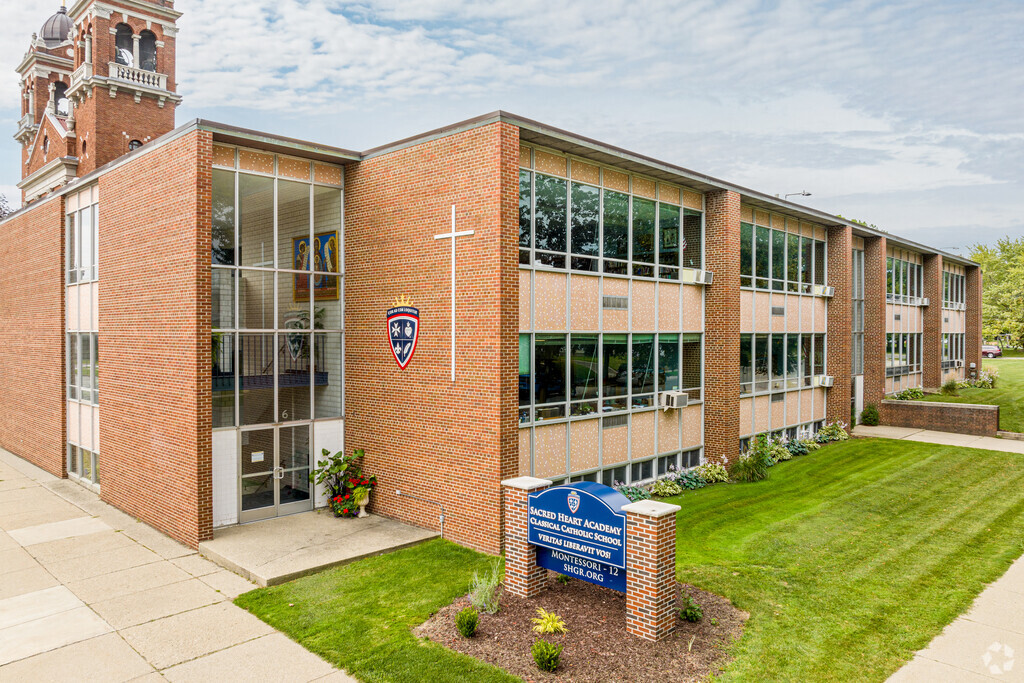
Be More Faithful, Become More Resilient: An Invitation to Religious Institutions

How Soccer Reveals Different Meanings Of ‘Secular’ In France And The US
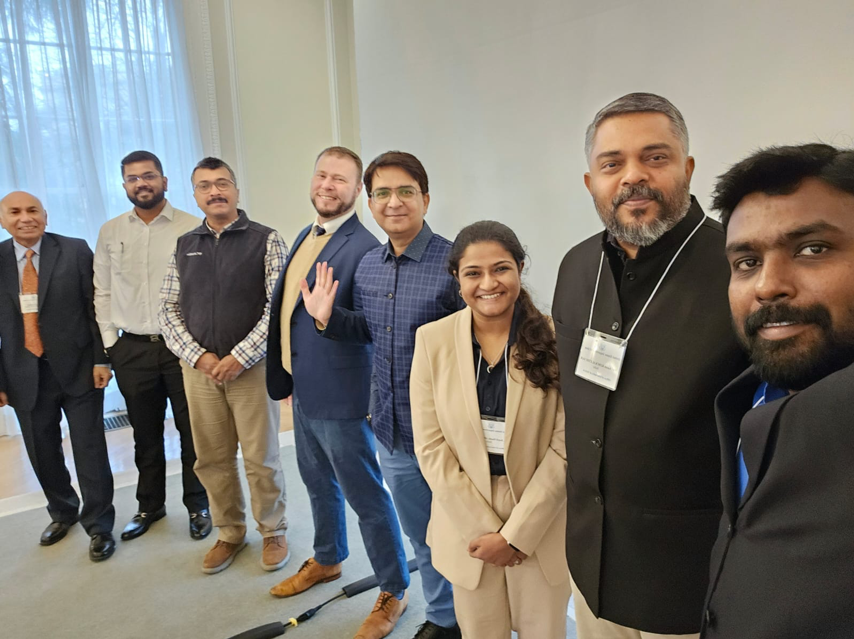
RFI’s Ismail Royer Meets with Delegation from India
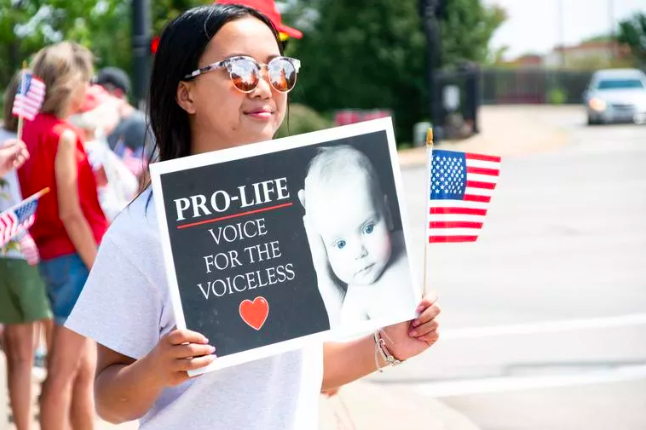
Protecting the Unborn, Mothers, and Medical Ethics: The Stakes of Arkansas’ Amendment
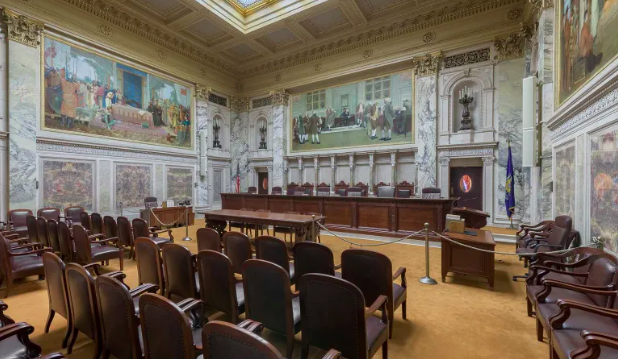
Wisconsin Supreme Court Punishes Catholic Charities for Serving Everyone
CORNERSTONE FORUM

Public Bioethics & the Failure of Expressive Individualism

Religious Liberty in American Higher Education

Scotland’s Kate Forbes and the March of Secularism

70 Years of Religious Freedom in Sweden: Prospects and Challenges
